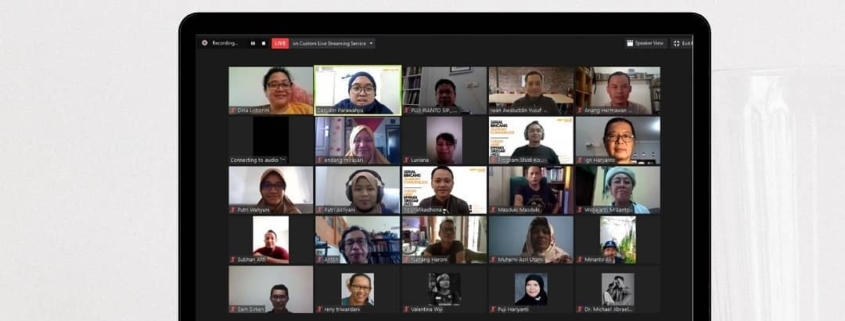History and Track Records of Gender-sensitive Journalism
Gender sensitive issues have been widely discussed since approaching the second millennium. Starting with a book written by Mukhotib in 1998 entitled Gender sensitive journalism published by PMII. But if you look at the twists and turns of its history, this gender sensitive journalism has started way back in the Dutch colonial era.
Iwan Awaluddin Yusuf, an UII Communication Science lecturer who is currently studying his doctorate at Monash University, explained a lot of rich data in the discussion at the Amir Effendi Siregar (AES) Forum on August 29th, 2020.
In that discussion he talked a lot about the context of gender sensitive journalism, literature, history and dynamics of gender sensitive journalism as well as several research studies. He also sees that gender-sensitive journalism is not limited to media coverage, but also occurs in daily practices that surround the world of journalism.
For example, the lower wages of female employees, the absence of protection for female journalists, recruitment requirements, the absence of lactation rooms, and, “there is no tolerance for holidays for women during menstruation,” said Iwan, giving a lot of examples.
Tracing from the historical stage, periodically, Iwan provided a lot of data and stories about the role of women or historical data based on gender sensitive journalism. It should be noted that gender sensitive journalism does not only talk about women, but also looks at the context of how gender is narrated in certain times.
In Sharing the history of the development of gender-sensitive journalism, Iwan divided it into 7 periodizations. First, the colonial era, second is the era of the independence movement of Indonesia, the Japanese occupation era, the Soekarno era, the Suharto era, the transitional reform era and the reform era until now.




